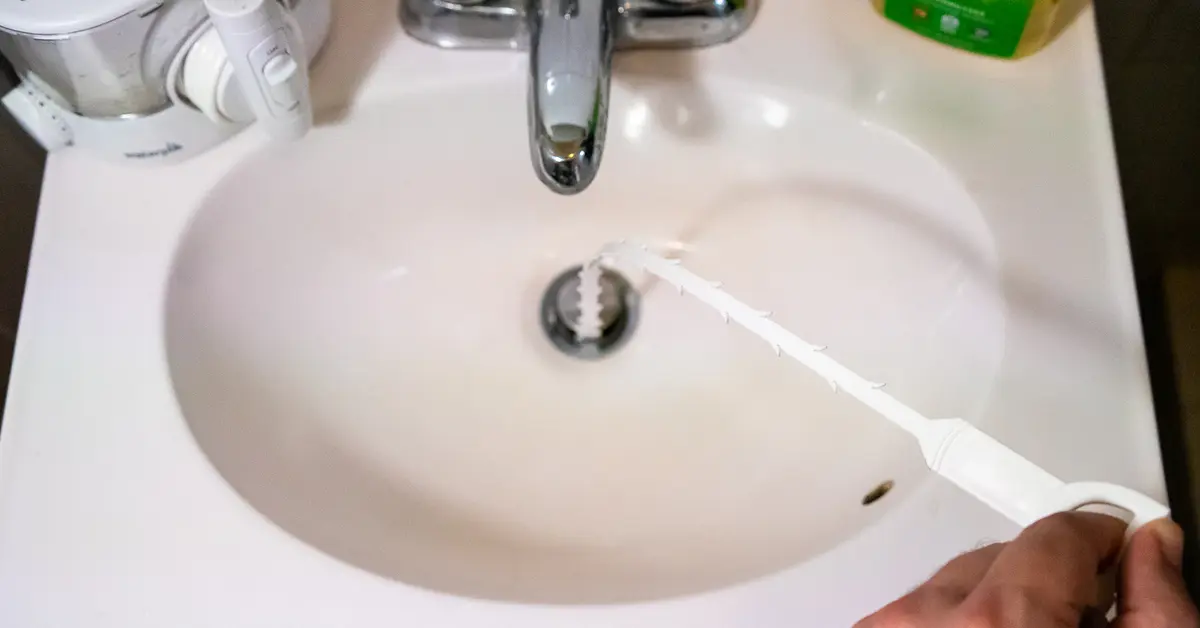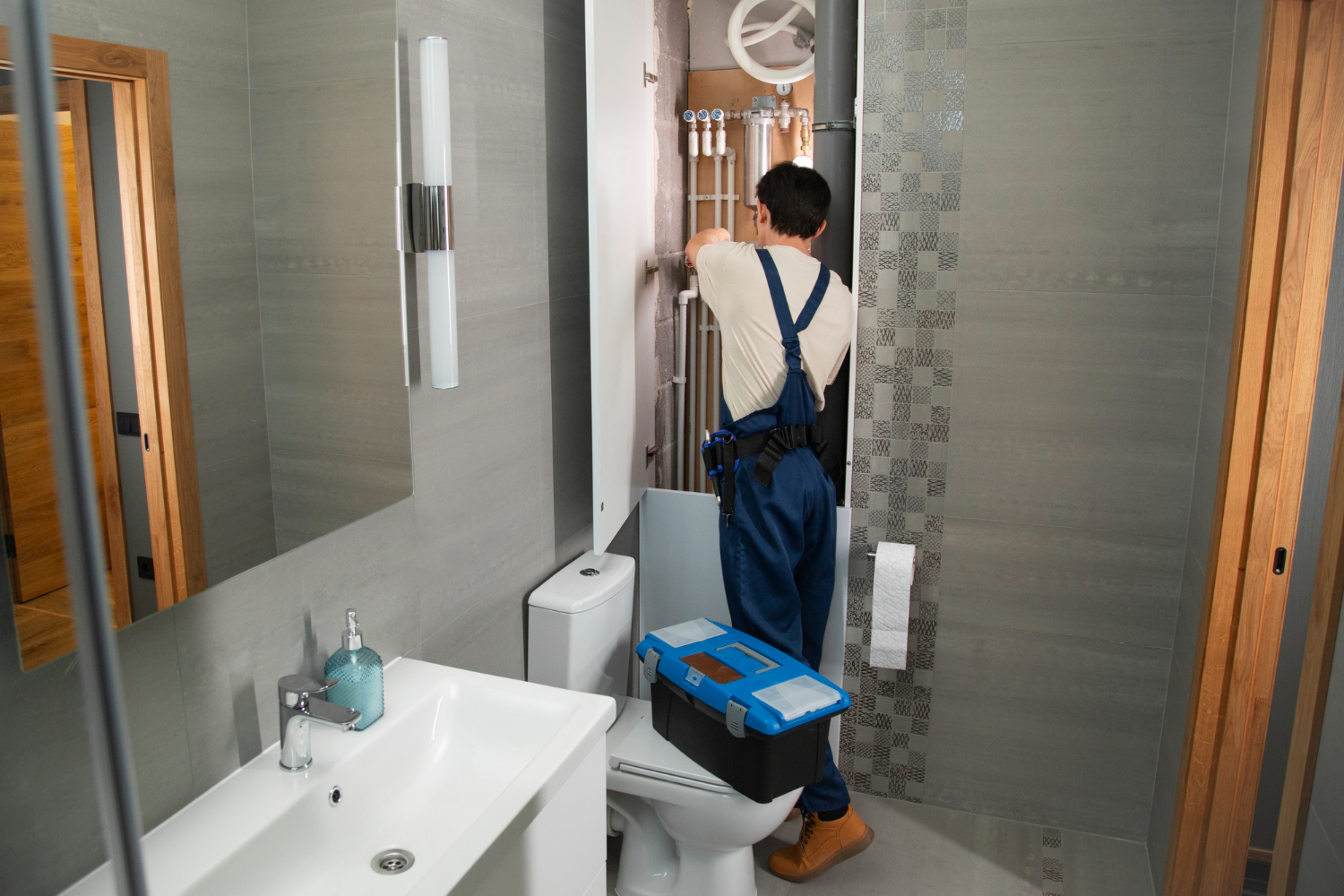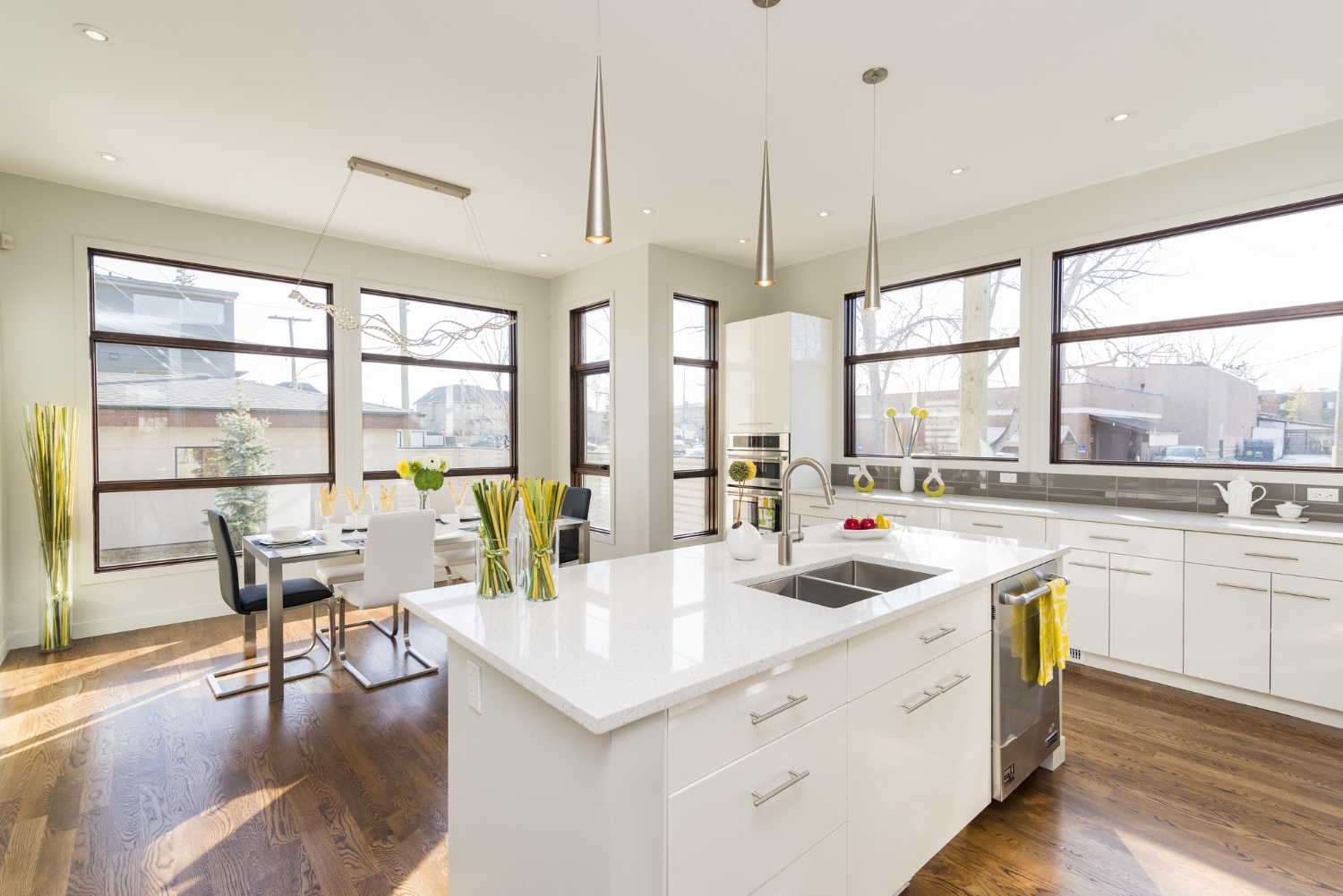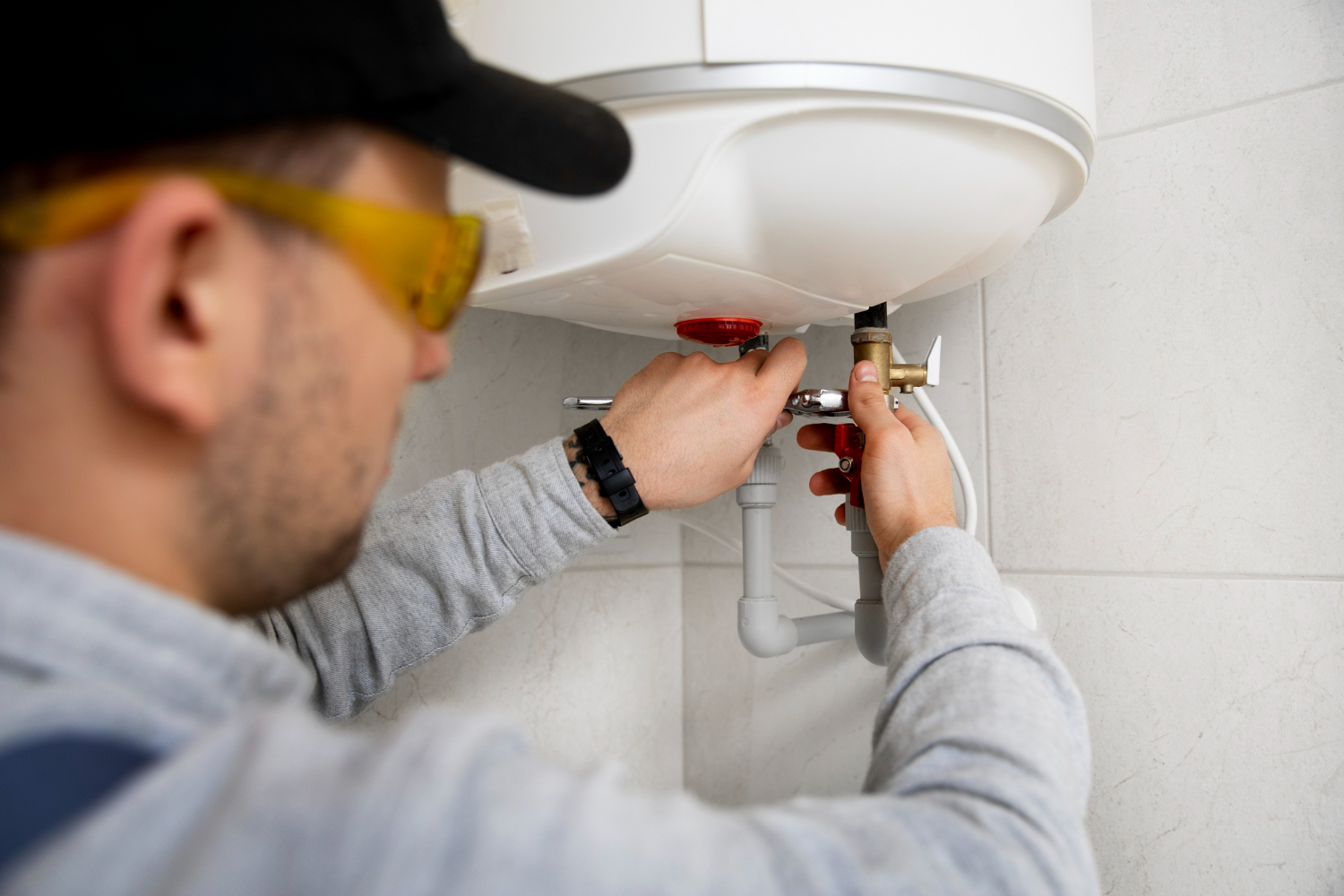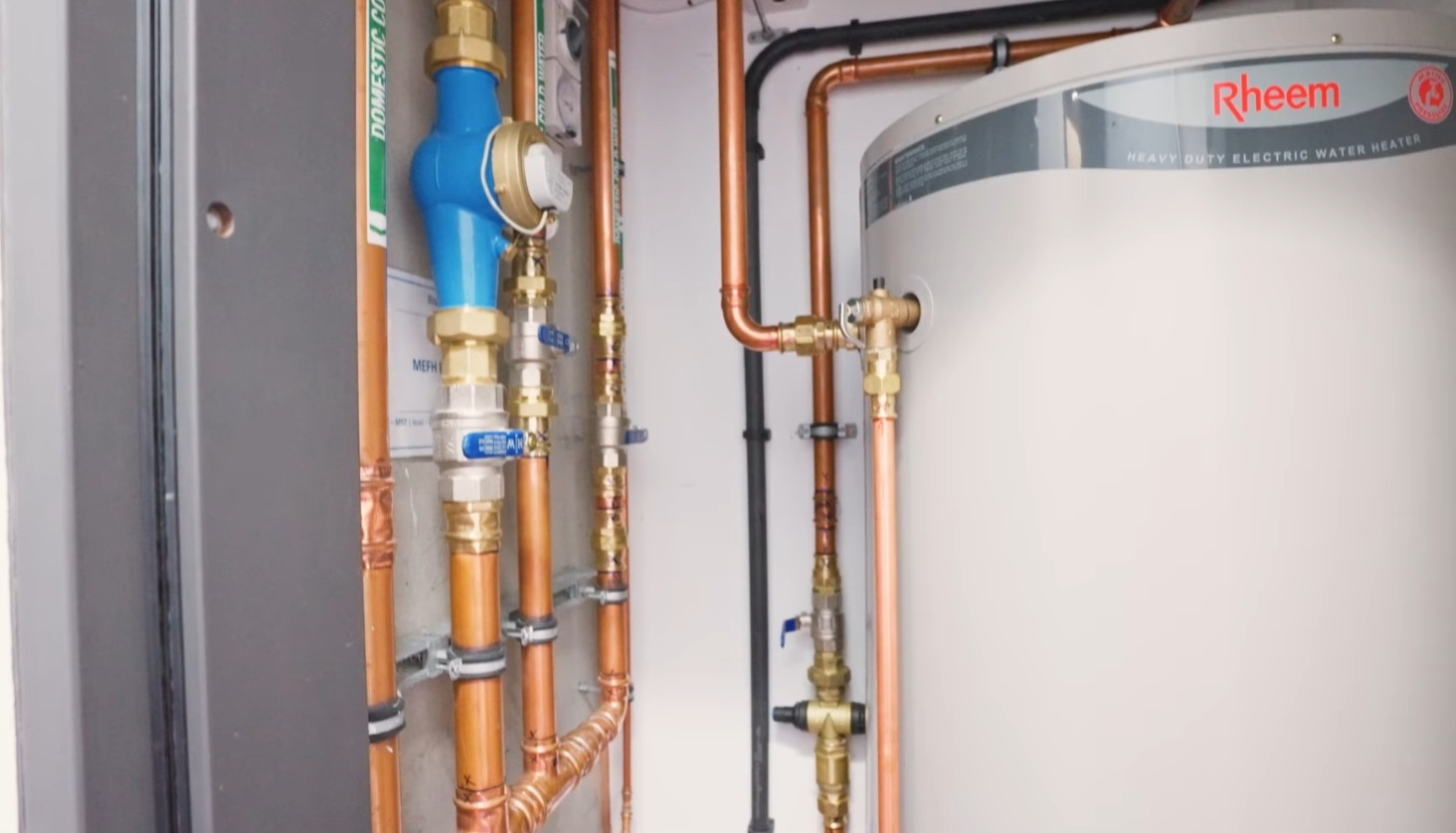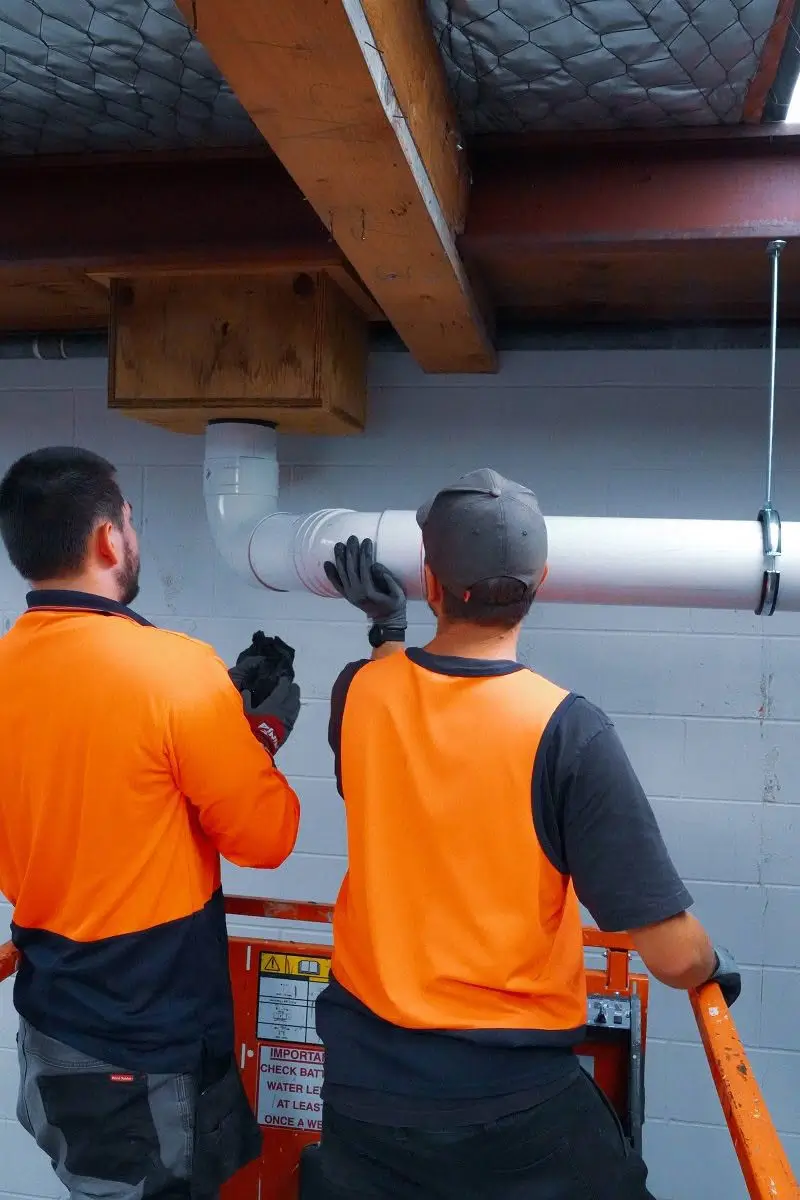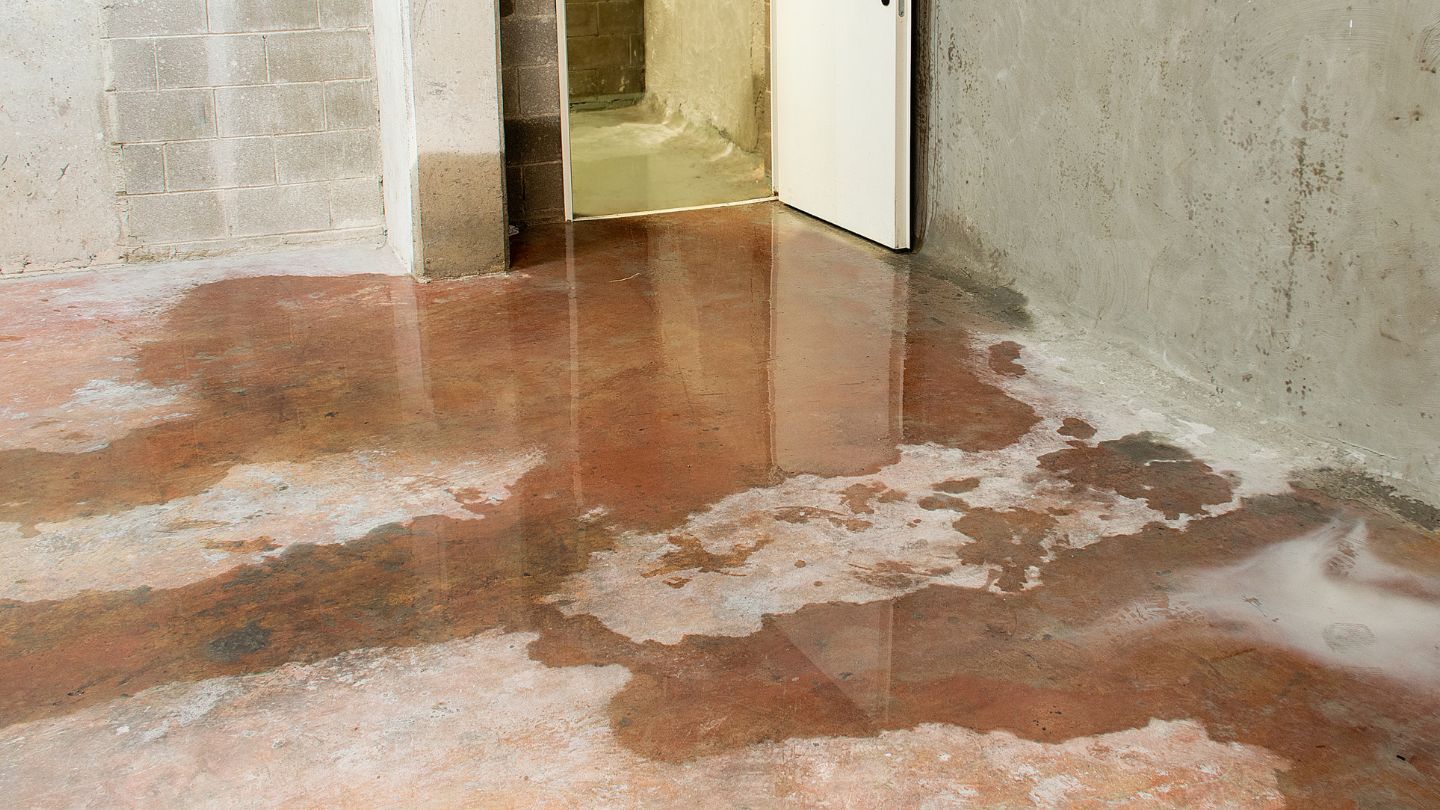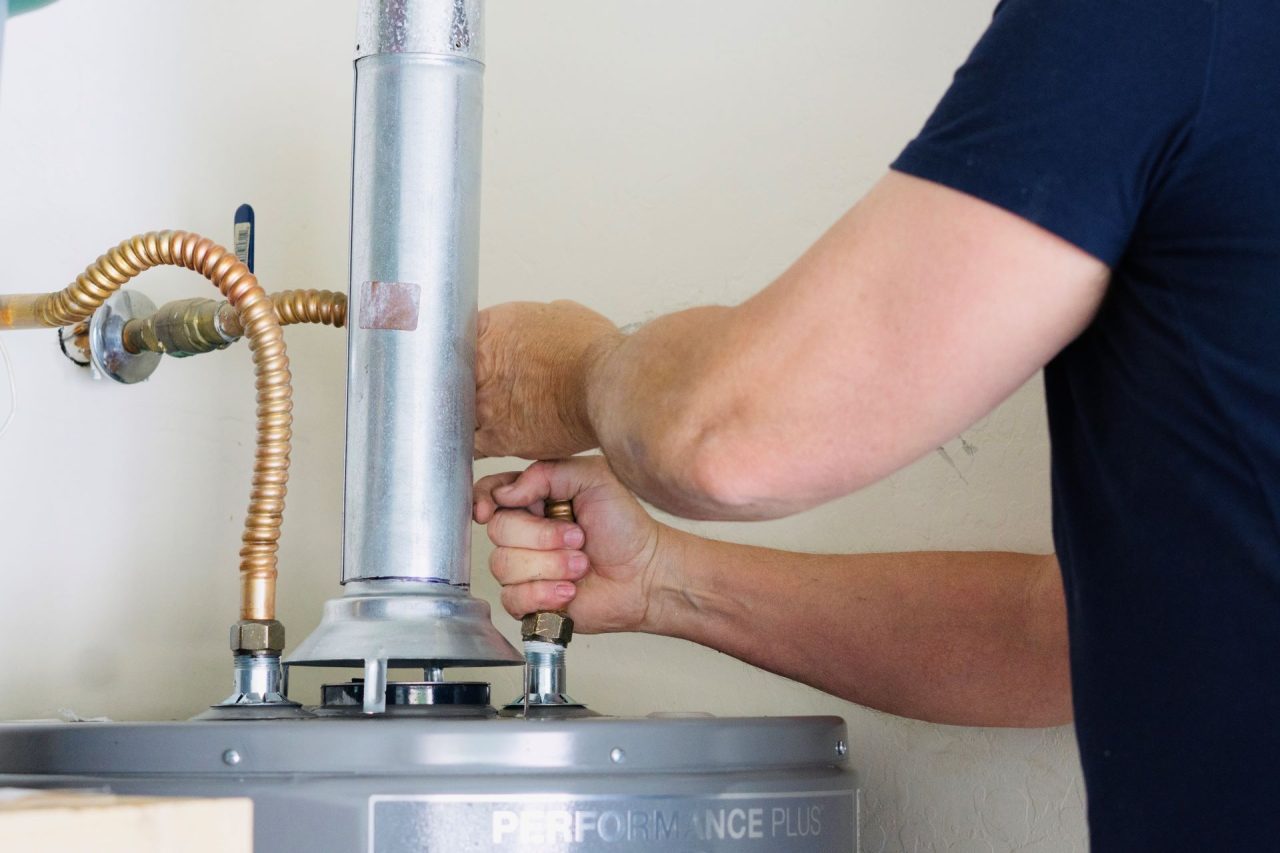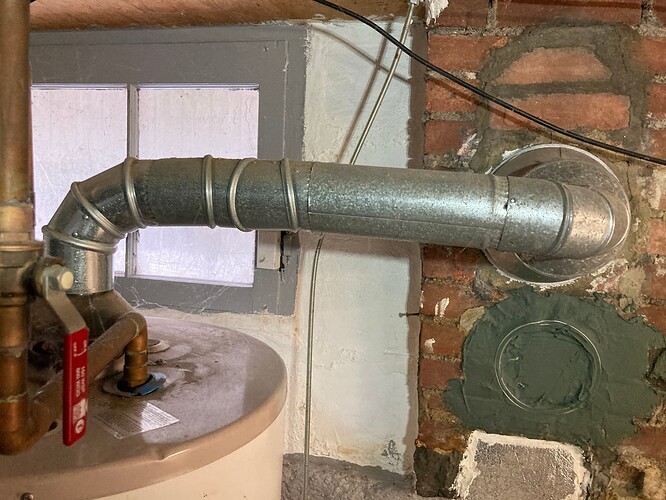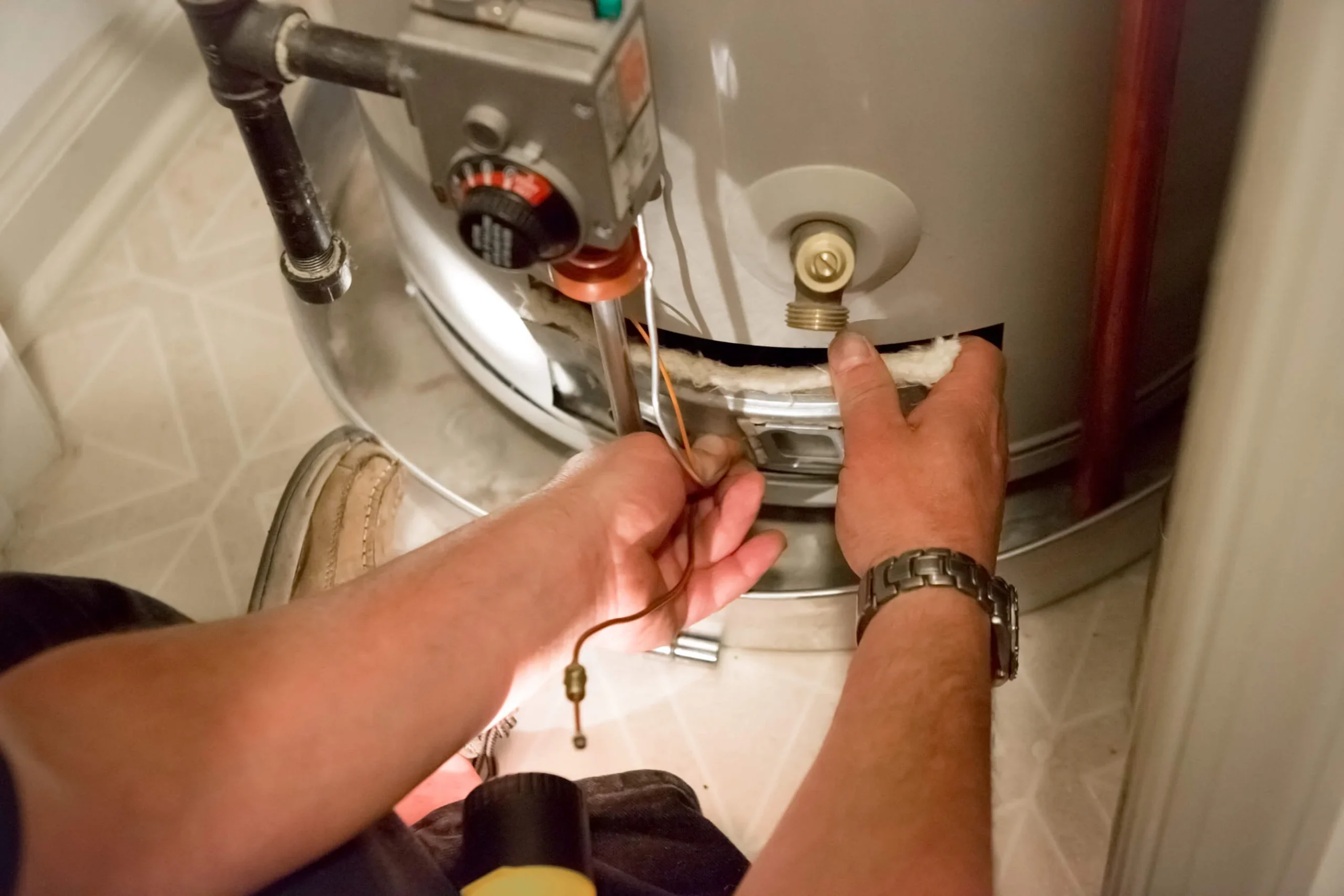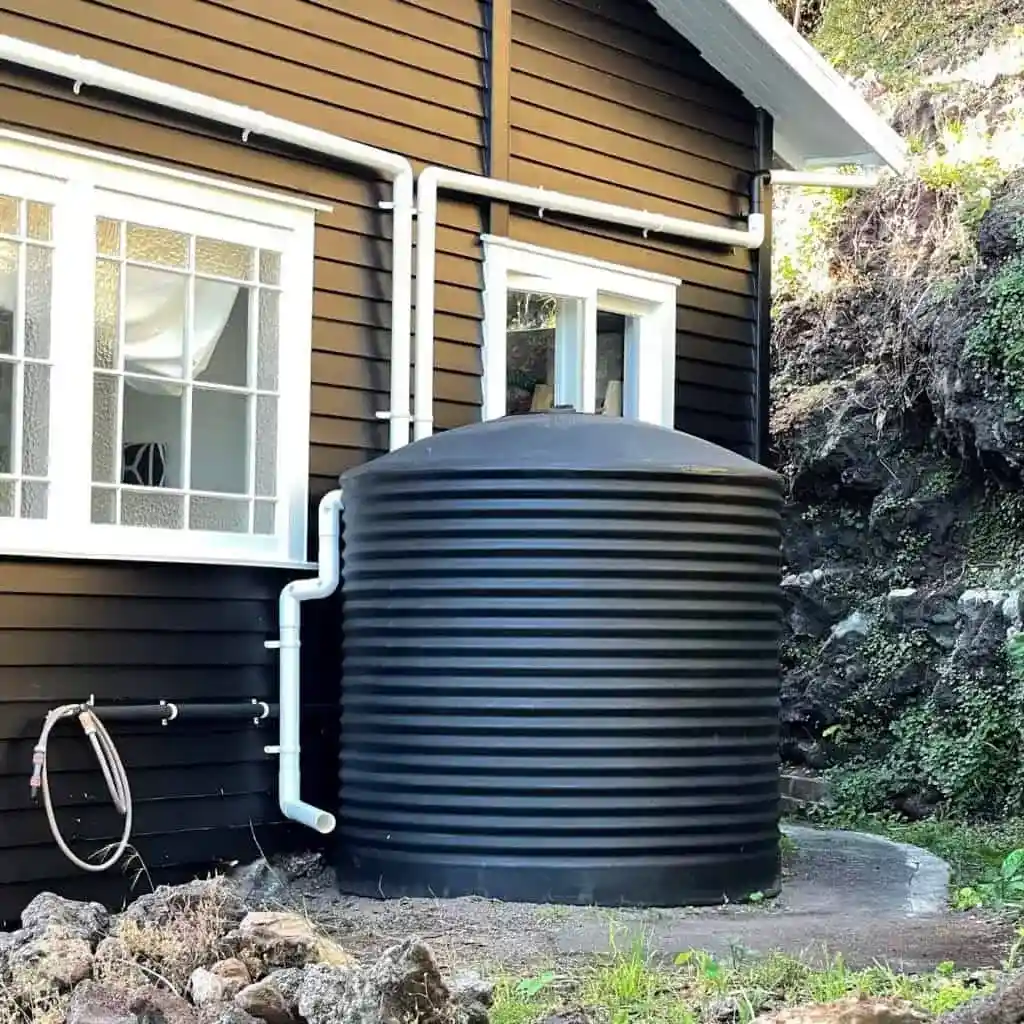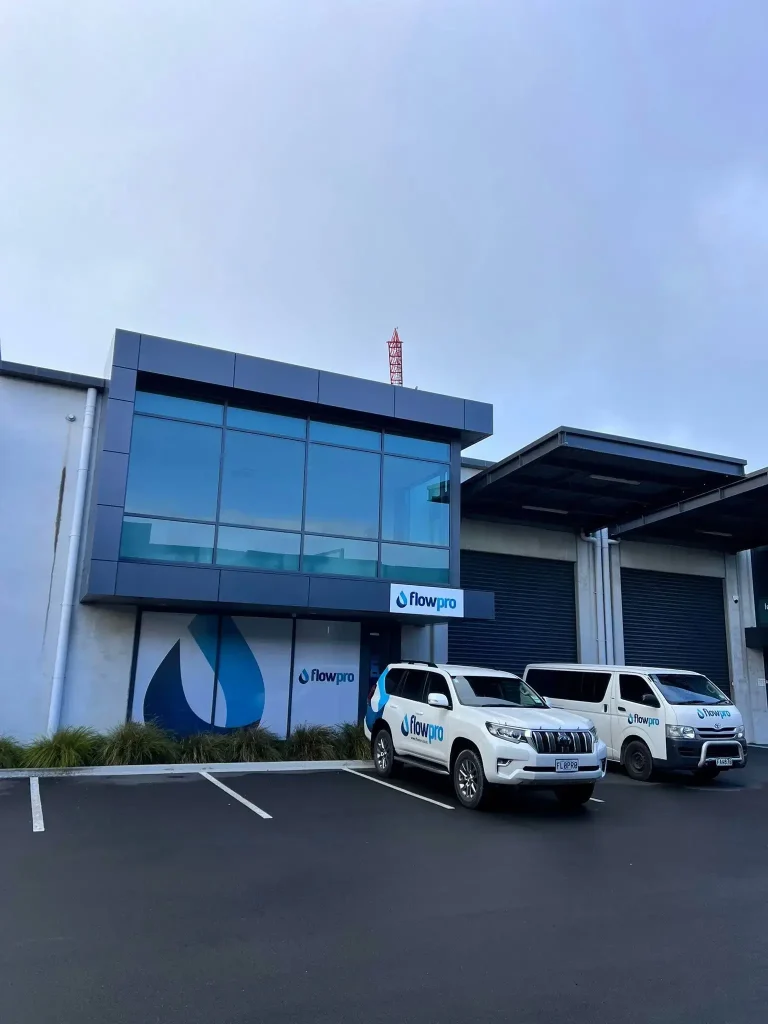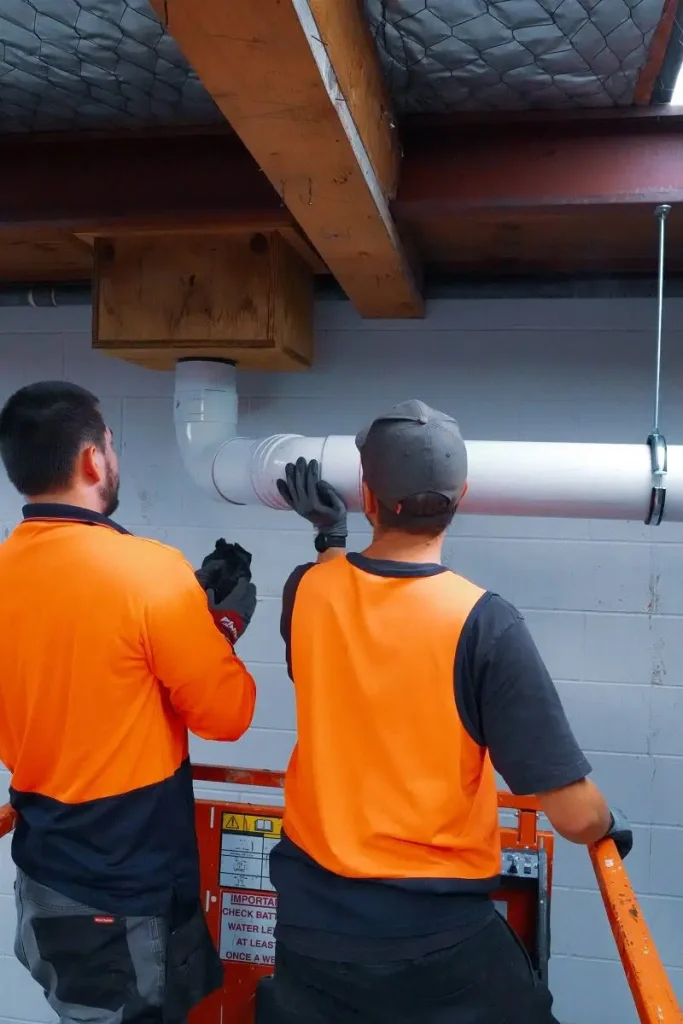A slow draining bathroom sink can be frustrating, especially when you’re in a rush. The good news is, it doesn’t always mean your pipes are clogged. In many homes, everyday buildup from soap, toothpaste, or minerals in the water is often the cause.
Below, you’ll find clear, practical steps to identify why your sink drains slowly, along with simple fixes you can try right away.
Spot the Signs Early
A bathroom sink that drains slowly usually means a partial blockage or buildup, not a full clog. Everyday things like toothpaste, soap, or hair often cause the slowdown. In many Auckland homes, especially older ones, pipes can also narrow over time from mineral deposits, which makes water drain even slower.
Common warning signs include:
- Water swirling or pooling around the drain before it clears
- Gurgling noises or bubbling when water drains
- Unpleasant smells coming from the sink
- Slower drainage during busy times like mornings or evenings
- Standing water that eventually drains but takes too long
- Water backing up when another nearby fixture is used
- Visible buildup on or under the sink stopper
Don’t ignore the early warning signs. A slow drain can quickly become a stubborn clog that costs more to repair. Getting help from reliable drain unblockers in Auckland is often the fastest way to prevent bigger headaches down the line.
Check for Simple Causes
Before calling a plumber, it helps to rule out issues you can fix in a few minutes. Many slow drains are caused by small, simple problems.
- Stopper misalignment
The sink’s pop-up stopper often shifts with regular use. This can trap hair and soap scum just under the drain. Lift the stopper or unscrew it to check for buildup. If you find a slimy ring or tangled hair, remove it and test the drainage again. - Low water pressure
Sometimes slow drainage is linked to weak water flow rather than a clog. Turn on the tap fully and check both hot and cold settings. If the flow feels weak, the issue may be with your main water supply. Contact your water provider or a local plumber for advice. - Other fixtures affected
If nearby fixtures like the toilet or shower also drain slowly, the problem may be deeper in the line. A partial blockage in the main system can affect multiple drains at once. In this case, you may also need to learn how to clean the toilet drain pipe to keep the whole system clear.
Tackle Minor Sink Blockages
If your sink is draining slowly but not fully clogged, you can often solve the issue with simple household tools and gentle cleaners. Below are the most common methods Auckland homeowners use to tackle minor blockages.
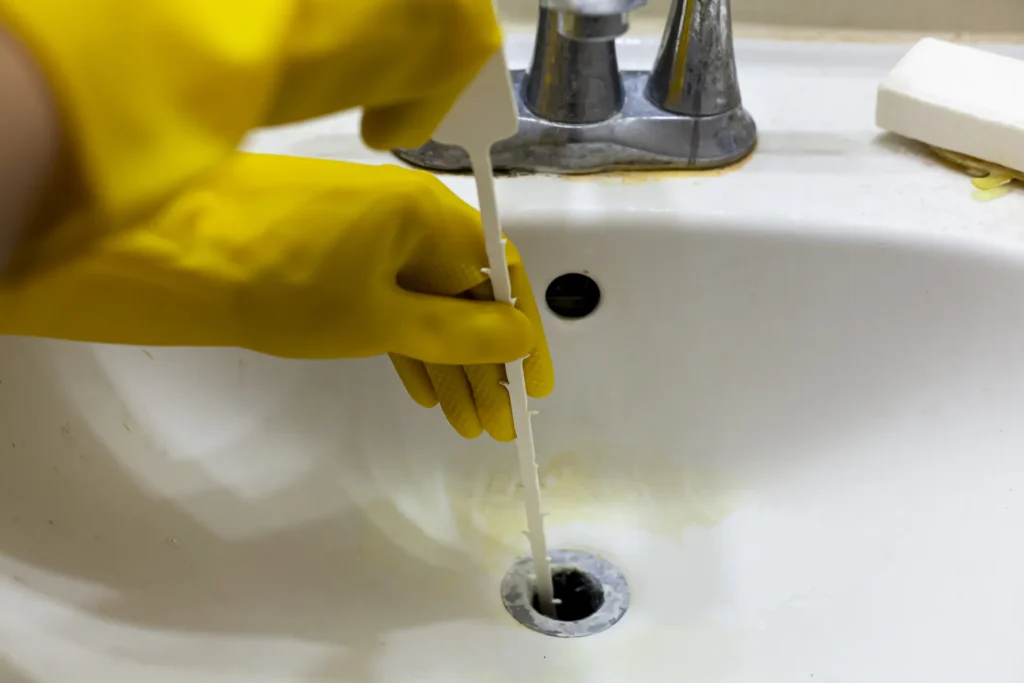
Method 1: Manual debris removal
- Remove the stopper. Gently pull the sink’s stopper out, or look under the sink to unscrew the pivot rod that holds it in place.
- Clear out visible gunk. Use a bent wire or even a cotton swab to reach in and pull out hair clusters, soap scum, or any other debris.
- Rinse clean. Run hot water for a few seconds to flush away loose bits. Reinsert the stopper, ensuring it’s properly aligned.
This approach is quick and low-cost. Many people are surprised by how much buildup accumulates just below the stopper.
Method 2: Warm water and mild cleaning solution
- Boil about one litre of water, then let it cool for a minute.
- Slowly pour the water down the drain. This gentle heat blast helps loosen greasy soap residue.
- Follow up with a mild cleaning agent like baking soda topped with vinegar. Wait until the fizzing subsides, then flush with another round of warm water.
This natural combination dissolves soap scum and neutralises odours, offering a safer alternative to harsh chemical cleaners.
Method 3: Try a plunger
A plunger can move trapped debris so water can flow freely again. Use a small sink plunger, not the one for your toilet. For the best seal, block the sink’s overflow hole with a rag or your hand.
- Fill the basin with enough water to cover the plunger’s head.
- Position the plunger evenly over the drain opening.
- Give it several firm, rapid pushes.
- Lift the plunger to see if the water drains faster.
Repeat a few cycles, then run water to test. If you notice improvement, you’ve likely dislodged a small obstacle.
Try Deeper Cleaning Steps
For stubborn slowdowns that refuse to budge, deeper cleaning can help. These steps demand a bit more investment of your time, but they often pay off if your sink is still dragging days later.
Snake or auger the drain
A drain snake (also called an auger) is a flexible steel cable you feed into the drain to remove built-up sludge. Most hardware stores in Auckland carry small, home-friendly versions. You don’t need industrial-grade equipment.
- Remove the stopper and insert the snake slowly, twisting gently to navigate curves.
- Once you feel resistance, rotate the handle carefully to latch onto or break up the clog.
- Pull the cable out, wipe away any debris, and repeat if water flow remains slow.
Snaking helps you reach deeper minor blockages that plunger action may have missed.
Clean or replace the P-trap
Below your sink, the P-trap is the curved section of pipe that prevents sewer gases from creeping back up. Over time, it can accumulate layers of hair, grease, and soap residue.
- Shut off the water supply and place a bucket under the P-trap to catch water.
- Loosen the slip nuts on both sides, then gently remove the pipe.
- Clear any buildup. You might use an old toothbrush or bottle brush.
- Rinse the P-trap thoroughly and reattach it.
This may sound intimidating, but it’s a straightforward DIY job in most modern Auckland bathrooms. Just remember to double-check the washers and connections to avoid leaks when you restore the water supply.
Maintain Clear Drains Long-Term
Preventive care often saves you the time and cost of dealing with slow or clogged drains. The goal is to reduce the buildup from everyday activities that create that annoying backup.
- Install drain catchers. These small sieves or strainers catch hair before it goes down the drain.
- Run hot water after each use. A brief flush with hot water helps clear residue.
- Avoid flushing large amounts of soap or cosmetic products in one go.
- Do a monthly baking soda and vinegar rinse. Just a quick fizz can loosen minor deposits.
- Keep an eye on other drains in your household. If you spot a pattern—for example, a clogged basement floor drain—it’s wise to rule out bigger plumbing issues.
In addition, take a moment to chat with neighbours or local plumbers if you suspect your region’s water composition is leading to extra limescale or other build-up. Addressing water quality (for instance, by installing a local filter) can significantly cut down on slow drains.
Frequently Asked Questions
- Why does my sink still drain slowly even after cleaning the stopper?
Sometimes debris hides deeper in the drain line or P-trap. Removing surface gunk is a great first step, but hidden buildup can still slow water flow. Consider snaking the drain or cleaning the P-trap next if you don’t see improvement. - Is it safe to use chemical drain cleaners?
Occasional use is fine, but harsh chemicals can damage older pipes and may harm the environment. Auckland’s plumbing infrastructure can be sensitive, so try gentle methods, like the baking soda and vinegar approach, before using chemicals. - How often should I clean my bathroom sink drain?
A quick monthly check and rinse is usually enough to prevent major backups. Simply combining baking soda and vinegar and flushing with warm water can clear minor residue. If your sink is heavily used or if your local water supply has minerals that build up, more frequent cleaning may help. - What if my sink remains slow despite all these fixes?
If you’ve tried multiple remedies and the sink still drains slowly, the problem may lie deeper in the system. You might need professional help to inspect the pipes, especially if multiple drains in your home (like your toilet or basement floor drain) have similar issues. - Do I need a plumber straight away or can I wait?
if water is still moving, you can attempt the DIY methods above. However, be proactive. Waiting until the sink stops draining completely can result in more expensive repair bills. If you’re unsure or see signs of a serious blockage, calling a plumber sooner is better, particularly for older Auckland homes with older pipe networks.
By keeping these frequently asked questions in mind, you’ll stay informed and ready to make the right call for your home. Whether you’re looking to repair an element, switch to a modern cylinder, or reduce your monthly energy spend, the key is gathering the right facts, and a few quotes, before you begin.
Need Expert Help with a Slow Drain?
A bathroom sink that drains slowly doesn’t always mean a major clog. In most cases, simple checks like clearing the stopper, rinsing with warm water, or using a plunger are enough to get things moving again. Regular maintenance also helps keep buildup from returning.
If your sink remains slow after these steps, or if several drains in your home are affected, it’s best to call in a professional. Flowpro’s local team helps Auckland homeowners with everything from minor drain issues to more complex plumbing problems.
Call 0980 249 84 or email plumbing@flowpro.co.nz now to book your service and get your plumbing sorted by the experts.
